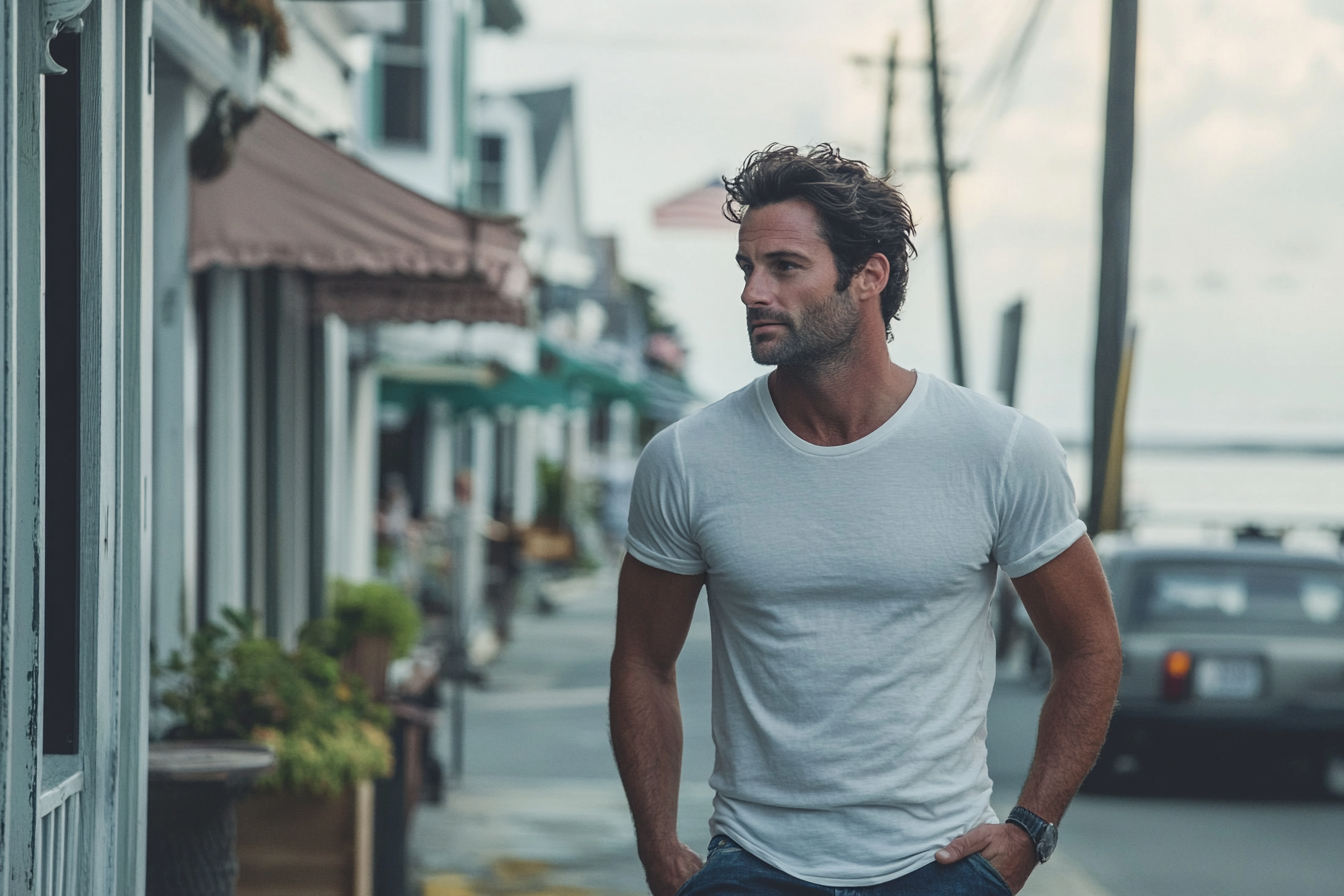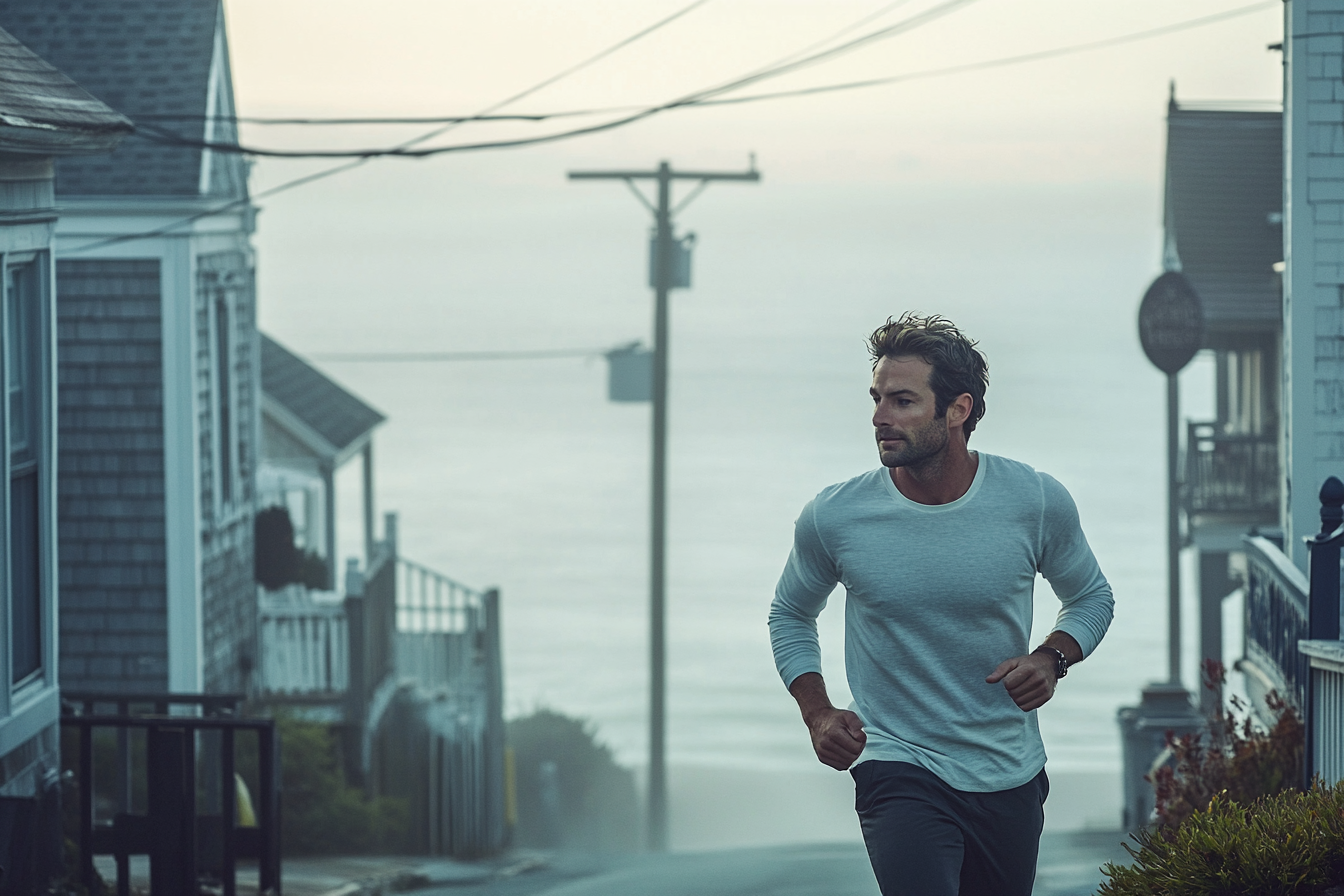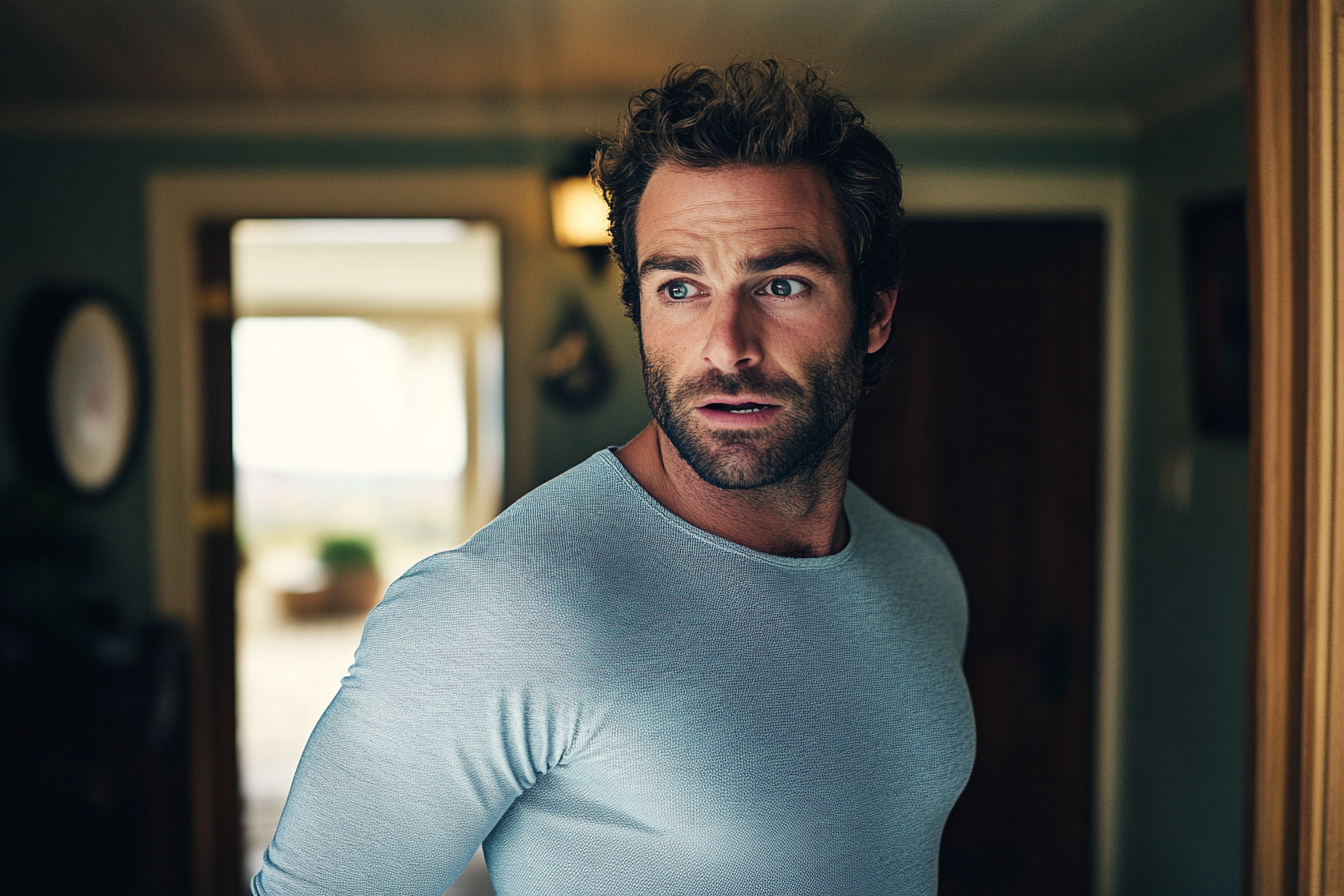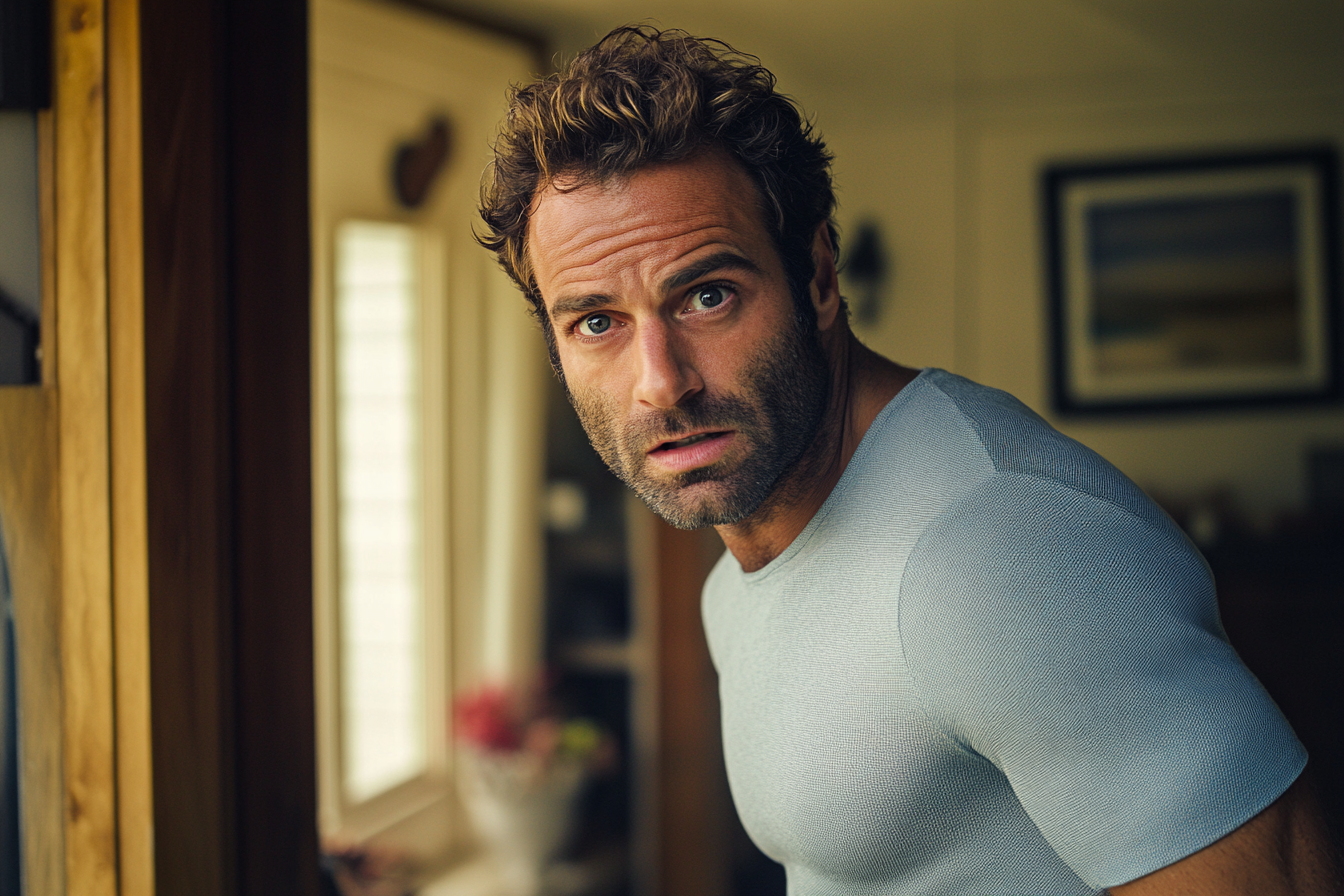
The Transformation of Our Bodies and Diets
In the 1970s, a visit to the beach was a showcase of lean, active bodies. People of all ages enjoyed the sun, surf, and sand with a level of fitness that seemed effortless. Fast forward to today, and the scene has drastically changed. The prevalence of overweight and obese individuals has skyrocketed, painting a stark contrast to the svelte figures of the past. This shift prompts us to examine the role of the food industry in this dramatic transformation.

The 1970s: A Different Era of Eating
During the 70s, the typical diet was markedly different from what we see today. Meals were often home-cooked, with fresh ingredients forming the backbone of family dinners. Processed foods were available but not ubiquitous. Fast food chains were fewer, and eating out was considered a treat rather than a regular occurrence. Portion sizes were smaller, and sugary snacks were less prevalent in households.
Physical activity also played a significant role in the lives of people in the 70s. Without the convenience of digital entertainment, children and adults alike spent more time outdoors, engaging in physical activities. Walking, cycling, and participating in sports were common pastimes.
The Rise of Processed Foods
The landscape began to change with the rise of processed foods and fast food chains in the late 20th century. The food industry, driven by profit, began to prioritize convenience and shelf-life over nutritional value. High-fructose corn syrup, hydrogenated oils, and an array of artificial additives became staples in many foods. These ingredients made food cheaper and more accessible but also less healthy.
Marketing strategies targeted at children and busy adults further entrenched these unhealthy eating habits. Fast food advertisements promised quick, tasty meals at low prices, and snack companies created products that were hard to resist due to their high sugar and salt content. This aggressive marketing, combined with the convenience of ready-made meals, led to a significant increase in the consumption of unhealthy foods.
The Impact on Public Health
The consequences of these changes in diet have been profound. Rates of obesity have soared, bringing with them a host of health problems, including diabetes, heart disease, and various forms of cancer. According to the World Health Organization, worldwide obesity has nearly tripled since 1975. In many countries, the number of overweight children and adolescents has increased tenfold over the same period.
The food industry’s influence extends beyond what we eat to how we perceive food. Portion sizes have increased dramatically, and the notion of what constitutes a normal serving has become distorted. Additionally, the emphasis on convenience has led to a decline in cooking skills, with many people relying heavily on pre-packaged meals and fast food.
Moving Towards a Healthier Future
Addressing this issue requires a multifaceted approach. Public awareness campaigns can educate people about the dangers of processed foods and the benefits of a balanced diet. Governments can implement policies to regulate the marketing of unhealthy foods, particularly to children, and promote healthier options. Schools can play a crucial role by providing nutritious meals and incorporating nutrition education into their curricula.
On an individual level, making a conscious effort to prepare meals from fresh ingredients, controlling portion sizes, and increasing physical activity can help counteract the damage done by the food industry. Embracing a lifestyle reminiscent of the 70s, where home-cooked meals and outdoor activities were the norm, can pave the way towards a healthier society.
Little Girl Stopped Me on the Street and Said, ‘Your Picture Is in My Mom’s Wallet!’ – When I Saw Her Mom, I Was Speechless

While jogging through a quaint seaside town, I was stopped by an insistent little girl who claimed, “Your picture is in my mom’s wallet!” Curious and uneasy, I followed her to a charming house. When her mother appeared, I was shocked speechless!
The ocean breeze hit differently here, away from the urgency I was used to back in Silicon Valley.

A man staring out at the ocean | Source: Midjourney
I’d forgotten what it felt like to breathe without checking my phone every few seconds. My sister had practically pushed me onto the plane, insisting I needed this break from running my tech empire.
She’d insisted the beautiful beaches, great surfing, and lack of crowds made it the perfect place to relax. Looking back now, I wonder if she knew what she was setting in motion.
I’d been in this small coastal town for three days, and while its charm was undeniable — all weathered boardwalks and salt-sprayed storefronts — I felt like a fish out of water.

A man walking down the street in a coastal town | Source: Midjourney
The locals moved at their peaceful rhythm, while I still vibrated with the energy of quarterly reports and board meetings. Even my temporary rental cottage, with its shabby-chic furniture and views of the sunset, felt like someone else’s life I was trying on for size.
That morning, I decided to burn off some of this restless energy with a run through the quiet streets.
The fog was just lifting, and the early sun painted everything in soft gold. My expensive running shoes felt out of place on these worn sidewalks, just like I did.

A man jogging down a street | Source: Midjourney
A few early risers nodded hello as they walked their dogs or opened their shops. Their easy smiles made me realize how long it had been since I’d exchanged simple pleasantries with strangers.
“Mister, wait! Mister! I know you!”
I froze mid-stride, my heart suddenly racing faster than my run had caused. A little girl, maybe eight years old, was running toward me, her wild curls bouncing with each step.

An excited girl running down a misty street | Source: Midjourney
Before I could process what was happening, her small hand grabbed mine.
“Mister, come with me! To my mom! Come on!”
I gently but firmly pulled my hand away, alarm bells ringing in my head. “Wait, little one. What’s your name? And how do you know me?”
She looked up at me with eyes so earnest it almost hurt. “My name’s Miranda! Your picture is in my mom’s wallet! I see it all the time!”

A girl smiling up at someone | Source: Midjourney
Her words hit me like a physical blow. My picture? In her mom’s wallet? I took a step back, my mind racing through possibilities.
“Miranda, that’s… that’s impossible. I don’t know anyone here.”
“Yes, you do! You know my mom!”
She reached for my hand again, but I kept it safely at my side. The morning sun caught her features just right, and something about her profile tugged at my memory, but I couldn’t place it.

A man on a misty street | Source: Midjourney
“Listen, I can’t just follow a child I don’t know. Who’s your mom? And why would she have my picture?”
“Julia! My mom’s name is Julia!” She bounced on her toes, practically vibrating with excitement. “She looks at your picture sometimes when she thinks I’m not watching. She gets all quiet after.”
Julia? I searched my memory, but the name only brought up vague recollections of business meetings and casual introductions. Nothing significant enough to warrant having my photo in anyone’s wallet.
Yet something about this child’s certainty made me hesitate to just walk away.

An insistent young girl speaking to someone | Source: Midjourney
“Come on, come on!” Miranda tried to grab my hand again, but I shook my head.
“I’ll walk with you, but no hand-holding, okay? I don’t want anyone thinking I’m up to no good.”
She nodded, accepting this compromise, and skipped ahead of me, looking back every few steps to ensure I was following.
We walked down a street lined with mature oak trees, their branches creating dappled shadows on the sidewalk. Finally, we reached a modest house with white shutters and a garden full of bright flowers.

A modest house surrounded by a garden filled with flowers | Source: Midjourney
Miranda bounded up the steps and threw open the door, disappearing inside.
“Mom! Mom! He’s here! He’s here! The man from your wallet! He’s here!”
I stood awkwardly in the hallway, wondering if I should leave before this got even more bizarre. But then Miranda reappeared, practically dragging a woman behind her.
The woman froze when she saw me. Her hand flew to her mouth, and tears immediately welled in her eyes.

A woman standing in a hallway with one hand over her mouth | Source: Midjourney
I didn’t recognize her at first, not until she lowered her hand, and eight years of buried memories came crashing back.
“What? How is this possible?” I whispered. “Meredith? Is that you?”
“Nobody’s called me that in years,” she said, her voice thick with emotion.
The world tilted on its axis as I looked between her and Miranda.

A woman with a shocked expression standing in an entrance hallway | Source: Midjourney
The same wild curls, the same determined set to their jaws. My throat went dry as understanding began to dawn.
“You left, remember?” Julia’s words came out sharp and bitter. “That day at the café. You told me you didn’t want to be with someone who only cared about your money.”
The memory hit me like a punch to the gut. My sister had shown me documents — fabricated documents, I now realized — claiming Julia had a history of pursuing wealthy men, and that she had debts she was trying to pay off.

An astonished man standing in an entrance hallway | Source: Midjourney
I had believed it all without question, too caught up in my fears of being used to see what was right in front of me.
“You never even let me speak,” Julia continued, tears streaming down her face. “You accused me of chasing after rich men and told me your sister showed you documents detailing my debts. I never had any debts.”
She paused then and looked down at Miranda, her voice softening. “I knew that if I told you about the baby, it would only confirm your sister’s lies about me. And I couldn’t do that because I truly loved you. And… I have my pride.”

A woman leaning against a wall while her daughter stands on something behind her | Source: Midjourney
Miranda stood between us, her small hand clutching her mother’s, looking confused by the tension she’d created. My daughter!
The thought hit me with such force that I had to lean against the wall for support. All these years of building my company, of chasing success, and I’d had a child I didn’t even know about.
“Why ‘Julia’?” I managed to ask, trying to make sense of anything in this moment. “Why did you go by Meredith back then?”

A man leaning forward slightly while speaking to someone | Source: Midjourney
“Meredith was my middle name. I used it that year because I’d just lost my grandmother. She was also called Meredith. I thought you knew that. But I guess there were a lot of things you didn’t know about me. You were always so busy…”
Everything clicked into place with devastating clarity. My sister’s manipulation, her pushing me to date her best friend after Meredith and I broke up, the convenient “evidence” of Julia’s gold-digging ways.
I’d been such a fool, so wrapped up in my ambitions and fears that I’d missed what really mattered.

A man astounded by a realization | Source: Midjourney
“I was wrong,” I said, my voice cracking. “About everything. I believed lies, and I let them ruin us. But now… now I want to make it right.”
Julia’s laugh was hollow. “How do you make up for eight years? For a child growing up without a father? For all the school plays and violin recitals and birthday parties you missed?”
“I can’t,” I admitted, feeling the weight of every missed moment. “But I can be here from this moment forward, if you’ll let me. For Miranda. For both of you.”

A man speaking earnestly to a woman | Source: Midjourney
Miranda’s eyes lit up at this, but Julia’s expression remained guarded.
“Words are easy,” she said. “Especially for a man who makes his living selling dreams to investors.”
“Then let me prove it with actions,” I insisted. “I’ll move here. Take a step back from the company. Whatever it takes. I’ve spent so long building something I thought was important, but standing here now, I realize I was building the wrong thing all along.”

A man looking stricken | Source: Midjourney
“Daddy?” Miranda’s voice was small but hopeful, and it shattered what was left of my heart. That one word held so much: all the years I’d missed, all the possibilities ahead.
Julia’s shoulders slumped slightly. “We can try,” she said finally. “But slowly. And at the first sign that you’re going to disappear again…”
“I won’t,” I promised. “I’ve spent eight years chasing success, thinking it would fill this empty space inside me. But standing here, looking at both of you… I finally understand what matters.”

A man appealing to someone | Source: Midjourney
Miranda launched herself at me, wrapping her arms around my waist. After a moment’s hesitation, I hugged her back.
Julia’s expression was still cautious, but there was something else there too — a tiny spark of hope that matched the one growing in my own heart.
The morning sun had burned away the last of the fog, and the sea breeze carried the sound of distant waves and seabirds. Through the open door, I could hear wind chimes singing their gentle song.

Wind chimes hanging on a porch | Source: Midjourney
My sister had been right about one thing — I had needed this break from my normal life. But instead of just finding rest, I’d found something I hadn’t even known I was missing: a chance to reclaim the family I’d almost lost forever.
This work is inspired by real events and people, but it has been fictionalized for creative purposes. Names, characters, and details have been changed to protect privacy and enhance the narrative. Any resemblance to actual persons, living or dead, or actual events is purely coincidental and not intended by the author.
The author and publisher make no claims to the accuracy of events or the portrayal of characters and are not liable for any misinterpretation. This story is provided “as is,” and any opinions expressed are those of the characters and do not reflect the views of the author or publisher.



Leave a Reply